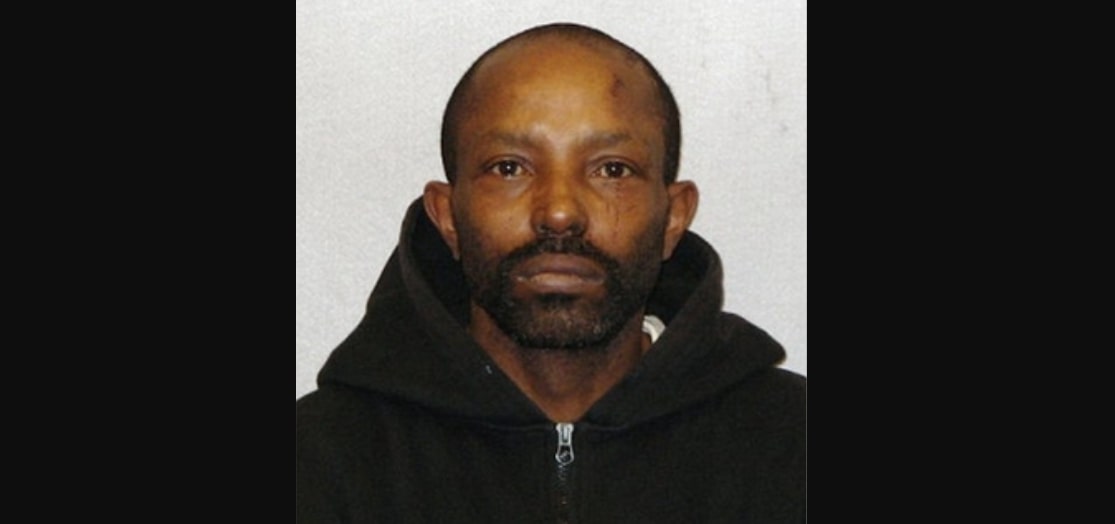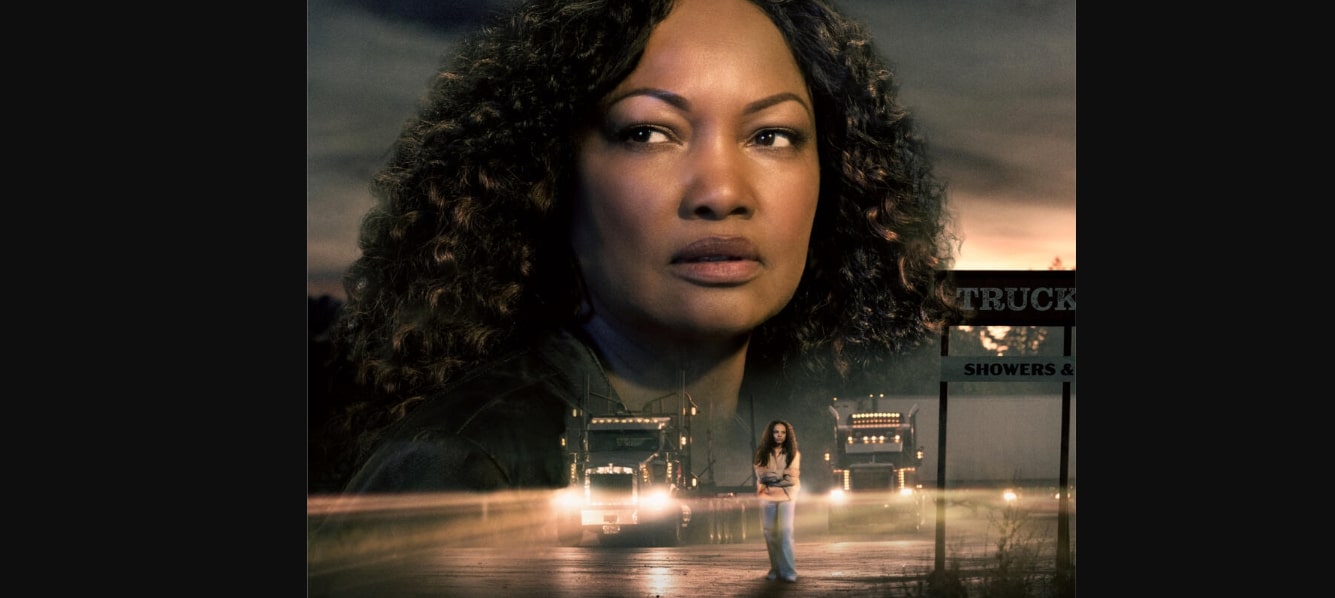Lifetime’s ‘Taken at a Truck Stop: A Black Girl Missing Movie‘ goes beyond being a simple thriller and goes deeper into social issues. The film follows Kai, a truck driver who lovingly cares for her sister Madison’s daughter, Toy, a neurodivergent child with special needs. When Toy is suddenly abducted, Kai is thrown into turmoil as law enforcement fails to act swiftly. Desperate for answers, she turns to online trucking communities and social media to organize a rescue effort. However, she soon realizes the harsh truth that missing girls from minority communities often receive far less attention. Determined to fight against the system’s racial bias, Kai embarks on a relentless mission to bring her niece home. Directed by Kailey and Sam Spear, the film skillfully combines suspense with powerful social commentary and highlights the inequities in how justice is served.
Taken at a Truck Stop Seems to Stand for the Many True Stories of Neglected Criminal Cases
Written by Francesca Gailes, Jacqueline Gailes, and Germaine Hill, the film is not directly based on a true story, yet its narrative strongly reflects real-life experiences. Through its storyline, it mirrors the painful realities of the criminal justice system, particularly the racial disparities that often determine how quickly or seriously missing persons cases are treated. The movie also sheds light on the systemic neglect of missing Black girls, a topic that has sparked national conversations in recent years. Additionally, it captures the emotional battle of families who feel abandoned by authorities and must rely on community networks or social media to seek justice. These themes make the fictional plot feel deeply grounded in the truths faced by many families today.

There have been numerous instances where cases of missing Black women have been overlooked or dismissed. One of the most disturbing examples is the Cleveland Strangler case, involving Anthony Sowell, who, between 2007 and 2009, murdered at least 11 Black women in Cleveland, Ohio. Despite repeated reports from families about their loved ones going missing, police often allegedly brushed them off, assuming the women were involved with drugs or had simply run away. This alleged neglect allowed Sowell to continue his crimes for years, preying on vulnerable women in predominantly Black neighborhoods. He was finally arrested in 2009 and convicted in 2011. The case highlighted the stark disparity in how missing persons cases are treated depending on race, class, and background.
The Movie Speaks for the Larger Truth of an Unequal Society
The racial disparity in attention to missing persons has spurred national initiatives aimed at reform and awareness. The Missing and Murdered Indigenous Women (MMIW) movement has drawn attention to the alarming rate of violence against Indigenous women, whose disappearances are often ignored or mishandled. In response, the US government passed the Not Invisible Act (2020) to improve coordination between federal and tribal agencies and ensure accountability in addressing these cases. Simultaneously, the broader pattern known as “Missing White Woman Syndrome,” where cases involving white women receive disproportionate media coverage compared to cases involving women of color, has been widely criticized. Together, these efforts and observations underscore a systemic issue: countless families continue to suffer in silence. It reveals how racial and social inequalities deeply shape whose stories are told and whose are forgotten.

The film weaves these real societal issues into a fictional story, where the protagonist’s fight to rescue her niece becomes a metaphor for the broader struggle against systemic neglect. By making Kai a trucker, the story places her within a setting that mirrors real-world dangers, which is America’s highways, where numerous disappearances and killings occur. For instance, serial killer Bruce Mendenhall, a truck driver, was linked to multiple murders of women along interstate routes. This backdrop grounds the movie in truth and illustrates how violence, bias, and isolation intersect in spaces often overlooked, much like the victims themselves.
Read More: Taken at a Truck Stop A Black Girl Missing Movie: Filming Locations and Cast Details


